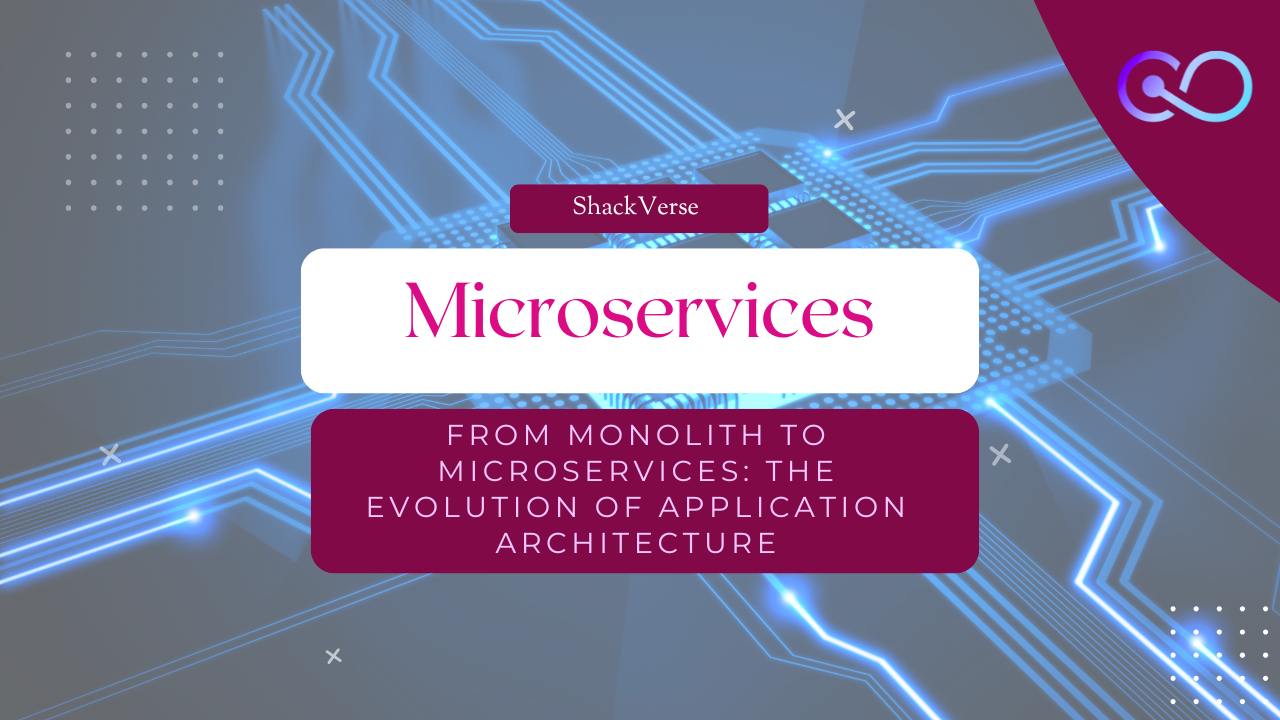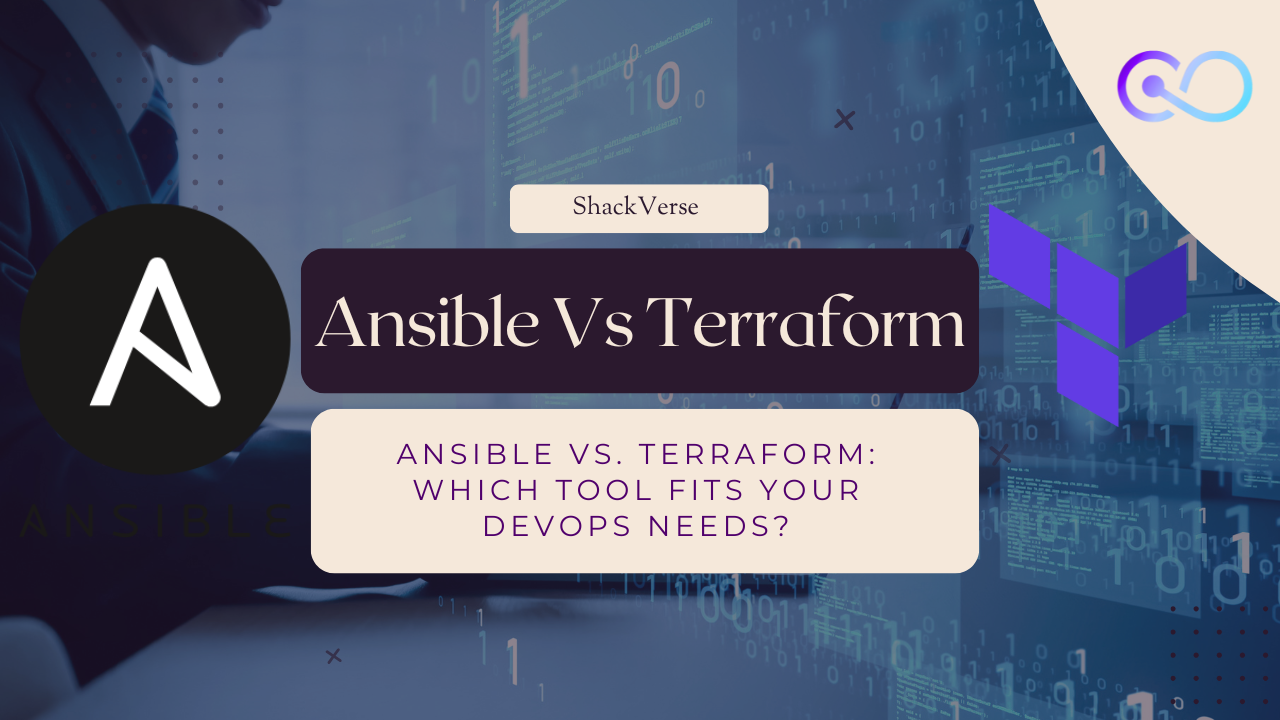The shift from monolithic to microservices architecture has revolutionized the way modern applications are developed and deployed. By breaking down large, complex systems into smaller, independent services, organizations can achieve greater agility, scalability, and resilience.
What is a Monolithic Architecture?
A monolithic architecture is a traditional approach where all application components are tightly integrated into a single codebase.
- Advantages: Simpler development and testing, easier deployment.
- Disadvantages: Hard to scale, difficult to maintain, prone to failures impacting the entire system.
What are Microservices?
Microservices architecture divides an application into small, independent services that can be developed, deployed, and scaled individually.
- Advantages: Scalability, flexibility, fault isolation, faster development.
- Disadvantages: Increased complexity, challenging communication between services, potential latency.
Key Differences Between Monolith and Microservices
| Aspect | Monolith | Microservices |
| Scalability | Limited, scales as a whole | Highly scalable, scales per service |
| Deployment | Single deployment unit | Independent service deployments |
| Fault Tolerance | Single point of failure | Faults isolated to individual services |
| Development Teams | Single team for all components | Independent teams for each service |
Why Transition to Microservices?
- Scalability: Scale individual services based on demand.
- Agility: Faster development cycles with independent teams.
- Resilience: Failures in one service don’t bring down the entire application.
- Technology Flexibility: Teams can use different technologies for different services.
Challenges in Adopting Microservices
- Increased Complexity: Managing multiple services can be daunting.
- Communication Overhead: Services need efficient communication mechanisms like APIs.
- Monitoring and Debugging: Requires robust monitoring tools to trace issues.
- Data Management: Ensuring data consistency across services is complex.
Best Practices for Microservices Architecture
- Adopt a Domain-Driven Design (DDD): Align services with business domains.
- Use Containers: Leverage Docker and Kubernetes for efficient service management.
- Implement CI/CD Pipelines: Automate testing and deployment for faster delivery.
- Embrace API Gateways: Centralize and secure communication between services.
- Invest in Observability: Use tools like Prometheus, Grafana, and Jaeger for monitoring and tracing.
Case Study: Transitioning from Monolith to Microservices
A global streaming platform transitioned from a monolithic architecture to microservices to handle rapid user growth. By decoupling services like user management, content delivery, and analytics, they reduced downtime, improved scalability, and enhanced user experience.
Steps to Transition from Monolith to Microservices
- Analyze and Identify Boundaries: Break the monolith into smaller, logical components.
- Choose the Right Tools: Select tools for containerization, orchestration, and monitoring.
- Start Small: Begin with less critical services to minimize risk.
- Implement Gradual Migration: Migrate components in phases to ensure stability.
- Test and Monitor Continuously: Validate each service independently and monitor performance.
Conclusion
The transition from monolithic to microservices architecture is a transformative journey. While it comes with challenges, the benefits of scalability, flexibility, and resilience make it a worthy investment. By adopting best practices and leveraging the right tools, organizations can successfully evolve their application architecture to meet modern demands.
Start your journey to microservices today and unlock the full potential of agile application development!










